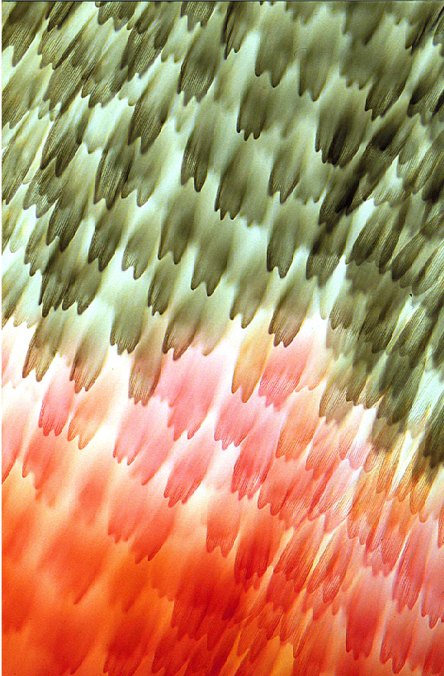This Father’s Day give your dad a gift to remember – an understanding of the evolution of his gametes
With Father’s Day quickly approaching, I think it’s time we had a little talk about the evolution of dad’s gametes. Before you get creeped out, don’t think of this as being just about your dad, but rather any dad or male of an organism that reproduces sexually (sorry, bacteria!).
While not all dads are the same across the animal or plant kingdoms, they do all share one common feature – sperm. The production of this gamete type is what defines the male within every species. What defines females is their ability to produce eggs. The most important distinction between these two gamete types is their investment in size; sperm are small, eggs are large. It is their union into a zygote that characterizes sexual reproduction. But how did these two gamete types come to be?
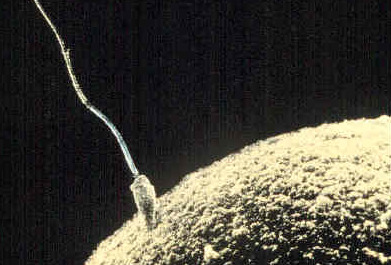
A sperm cell fertilizing an egg cell. <WikiCommons>
It all starts with parasitism. Ah, the romance.
One theory is that before females or males existed, all gametes were of the same type and size. Size is an important trait for gametes because being large translates into more nutrition for a developing zygote, which assures it higher survival. Such survival is highly favored by natural selection and, thus, larger gametes also came to be favored. But might there be a cost if gametes are all under the same selective pressure to become large?
Consider a vast ocean with a single target – a giant ocean liner. Your goal is to reach this easy-to-spot target, which you can achieve through building one of two vessels given a set amount of materials: you can either invest your resources into producing a few more giant ocean liners, or you can take these resources and parse them into a large fleet of torpedo-like mini-submarines ready to divide and conquer. Finding a large vessel with another large vessel will prove a difficult task. For one, they’re less maneuverable. Moreover, they’re less likely to encounter one another since they cover less area. But time is of the essence, and a bunch of smaller vessels all working toward a common goal will more frequently encounter their target and, ultimately, will win the race.
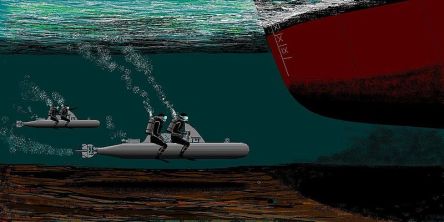
Underwater attack by frogmen on manned torpedoes. <Renegade at Dutch Wikipedia>
In the gamete world, slow and steady will never win the race either. Large gametes are less efficient at finding their target precisely because their strategy of being large constrains them to be fewer in number. On the other hand, by not investing resources into their size, the smaller gametes are freed up to be more abundant. Occurring in greater numbers means they are much more likely to encounter their larger counterparts – an excellent racing strategy if you’re a gamete.
Now, let’s imagine the potential pairings of these different gamete types from the perspective of natural selection. The important rules of the race are two-fold: the more zygotes the better, and enhanced survival of the zygote is key.
In a remarkable feat, suppose two large gametes finally do find one another.
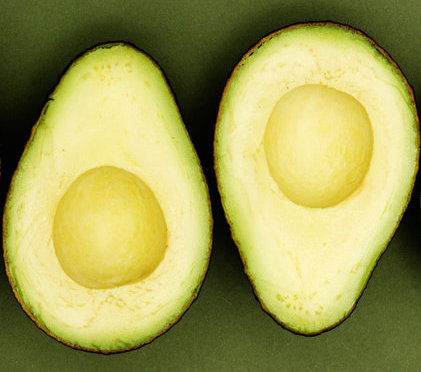
Huzzah!
Sure, the fusion of their genetic material will result in a few mighty-super-survivor zygotes because of their equal investments in being large and nutritious. Unfortunately for them, however, their big investments will come at the expense of being rare, so their union will result in fewer zygotes.
Likewise, though the union of two small gametes would be more probable given their abundance, neither gamete can provide sufficient nutrition for zygote survival.
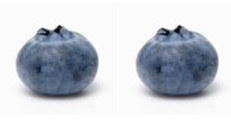
Consequently, neither of these unions between like-gametes would be favored by selection over time.
It’s these unfortunate pairings that help explain how natural selection additionally came to favor the evolution of a smaller gamete, sperm. What remained and became the evolutionary norm was the most productive and efficient strategy – the fusion of two disparate gamete types – large and small. Now, where there were once only ocean liners, there were also millions of torpedo-like mini-submarines.
And now for the unsettling part. In addition to representing a trade-off between quality and quantity, gamete size also embodies a trade-off in offspring investment. While large gametes evolved for nourishment of the zygote, small gametes evolved to be cheats. They downsized to be better able to find the large gamete, which was then entrapped into providing all of the sustenance for the zygote. So here is the rub that necessitated parasitism. By favoring both egg and sperm, selection actually ensured their unequal contributions to the zygote.
Hence, the very reason sperm likely evolved was to exploit the resources of eggs. And it is ultimately the selection of these two very different investment strategies that led to the origin of females and males, moms and dads.
So this Father’s Day, when you’re having trouble finding the right words to say, keep it simple. Thank him for his parasitic little sperm cell. It made all the difference.




